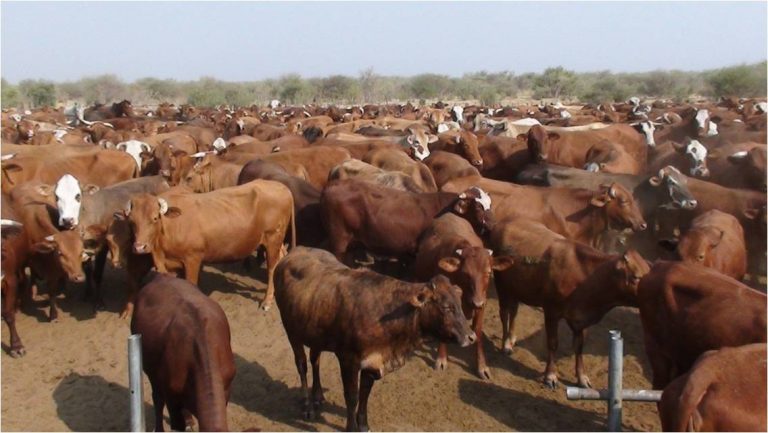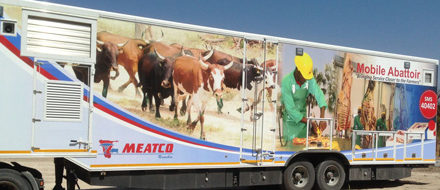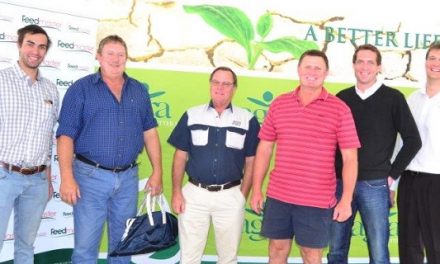
Zimbabwe turns to Namibia to beef up stocks as drought bites

By Barnabas Thondhlana
Africa Independent – Zimbabwe has turned to Namibia for its beef requirements as drought, foot and mouth disease and the land reform programme has severely depleted its national cattle herd.
Addressing diplomats at the launch of an international appeal for food aid and drought relief mechanism, Vice-President Emmerson Mnangagwa said the livestock condition was dire and the situation had been compounded by an outbreak of foot-and-mouth.
“Cumulative livestock deaths as a result of the drought are at 16 681 with Masvingo province being the highest at 6 566,” he said. At least US$138 million was needed for supplementary feeding while US$53 million was required for livestock destocking, he added.
In 2 000, thousands of beef cattle were burnt alive during the country’s land reform programme. There were widespread reports of land invaders killing cattle just to roast the livers. According to the Commercial Farmers’ Union of Zimbabwe, drought was having the biggest impact on the beef industry.
“The second constraint is the high levels of Rural District Council cattle marketing levies which reduce farmer viability. At 10.5% of the sale price of cattle, this amounts to nearly US$70 per animal. Another issue is the alarming spread of foot and mouth disease.
What made matters worse is the failure by the once leading meat supplier in Africa, Cold Storage Commission, to revive its operations. Zimbabwe will need to dispatch a veterinary delegation to Namibia to inspect facilities by next Friday, before exports can begin.
Deputy Minister of Agriculture responsible for livestock, Paddy Zhanda, said there was nothing unusual about Zimbabwe importing or Namibia exporting beef, and it didn’t mean Zimbabwe had a shortage of livestock.
“This does not mean there is a shortage of livestock in Zimbabwe. We don’t have a shortage. Moreover, as government we do not import beef. It is individuals who do that,” he said.
Presenting the 2017 national budget in December, Finance Minister Patrick Chinamasa said Zimbabwe had a national herd of 5.5 million cattle and it intended to boost the herd by 300 000. He said the government had set aside US$6m for extension services and the veterinary department to enhance livestock monitoring and disease control.











































